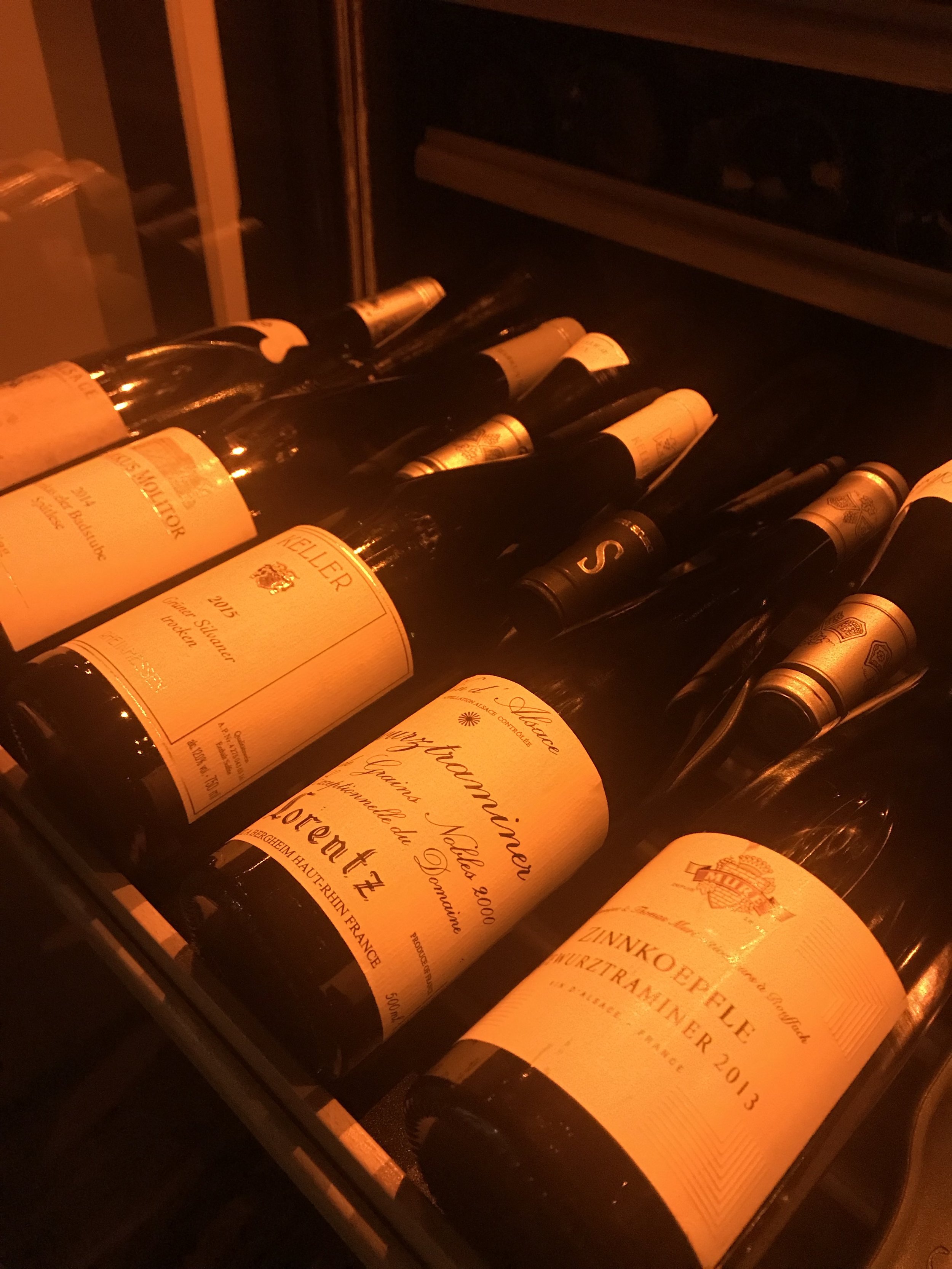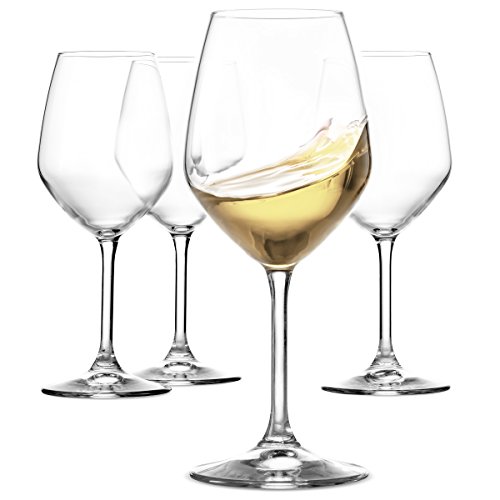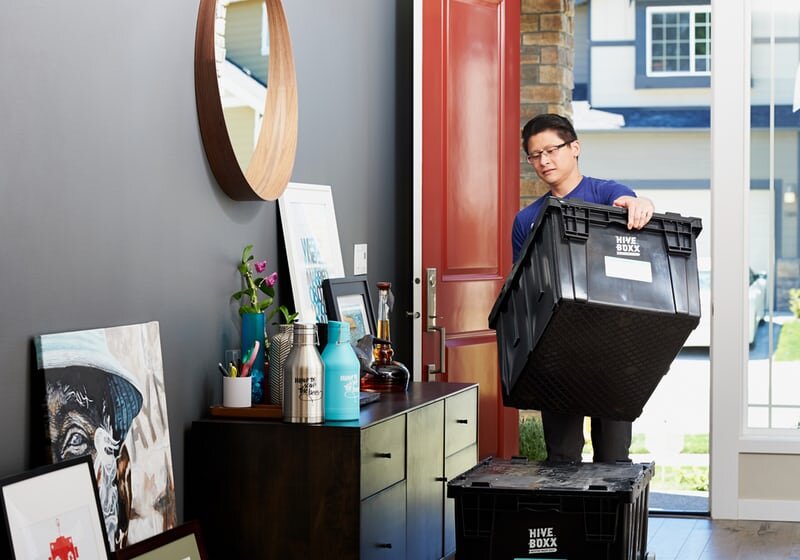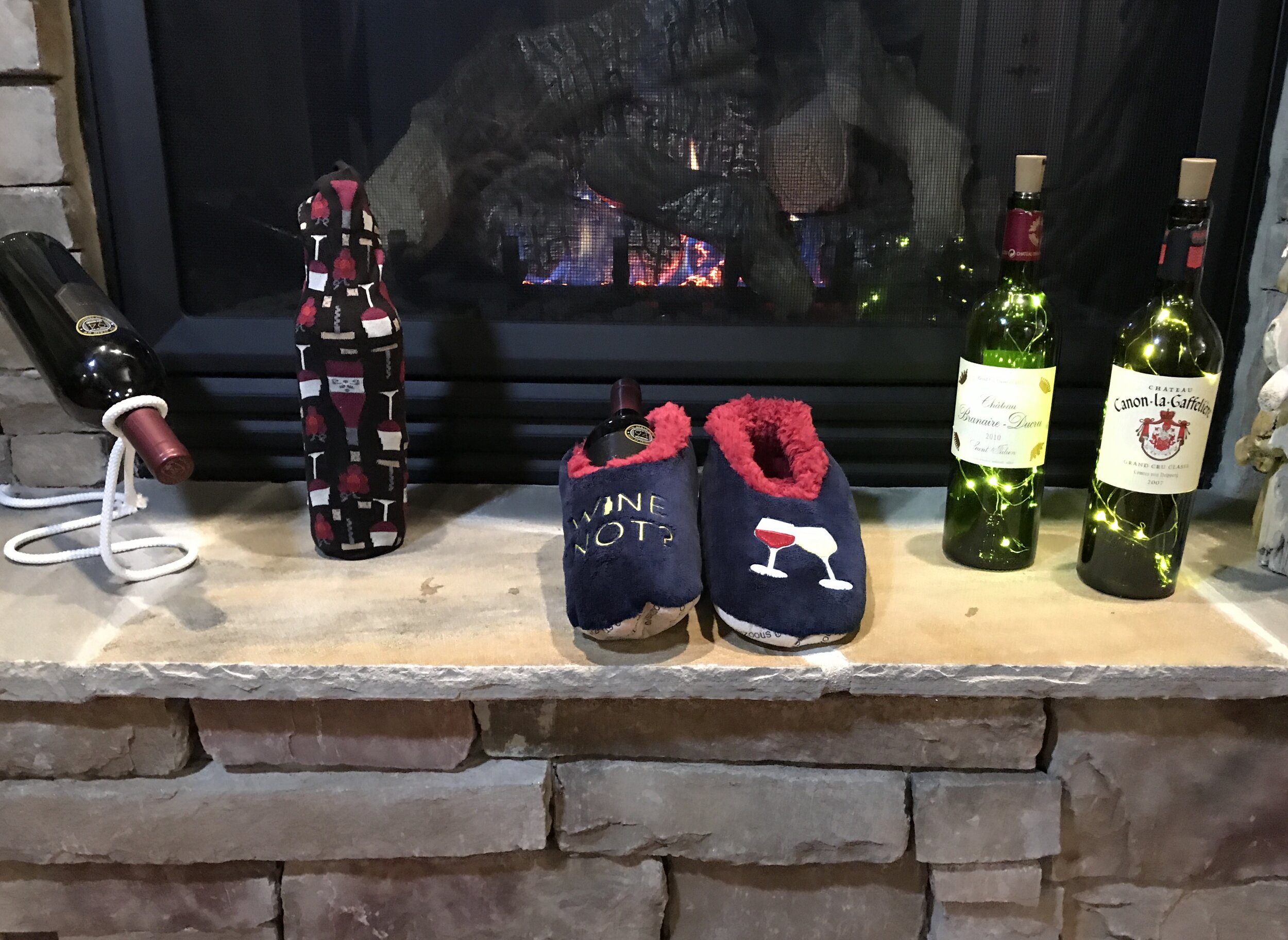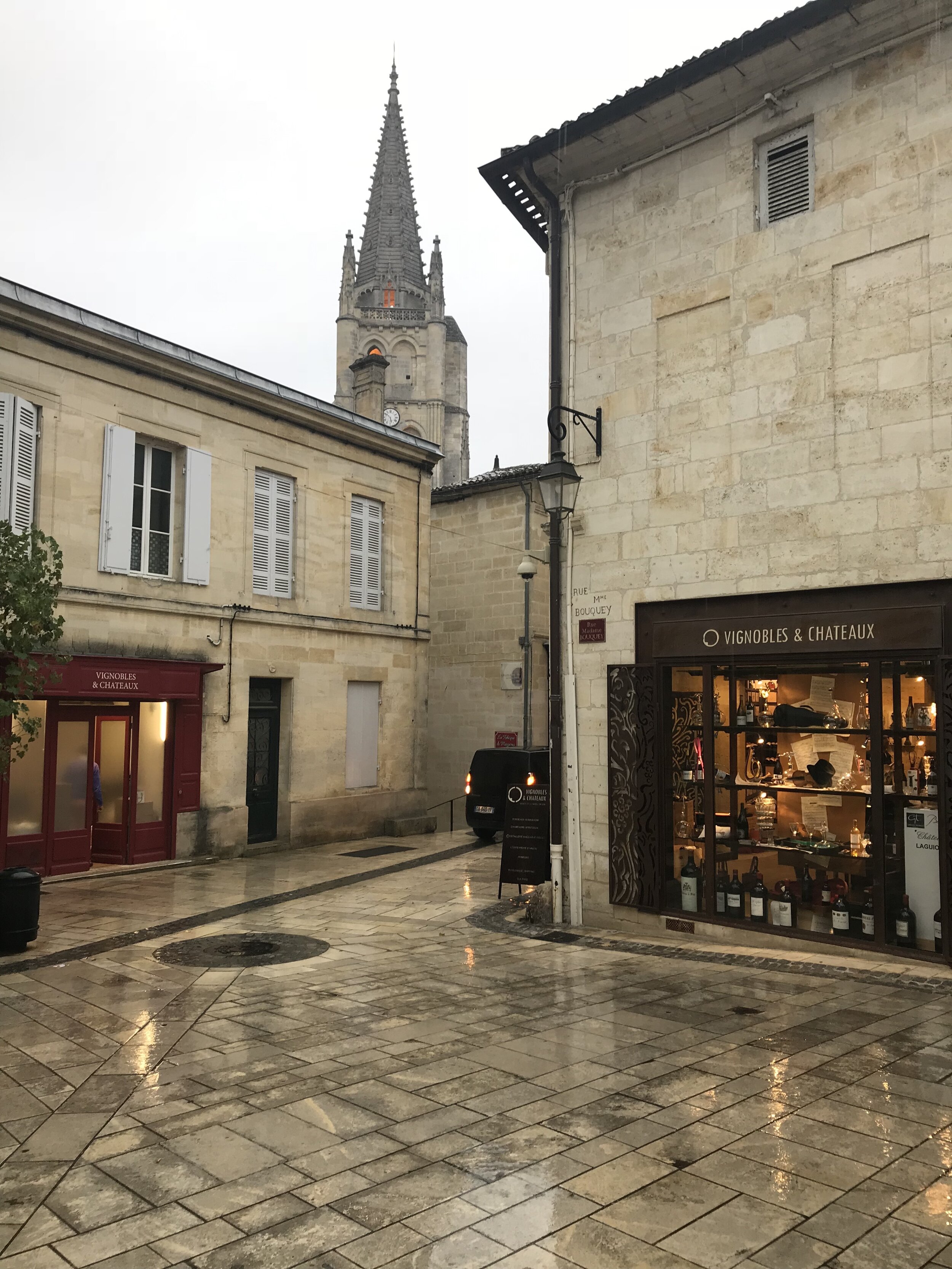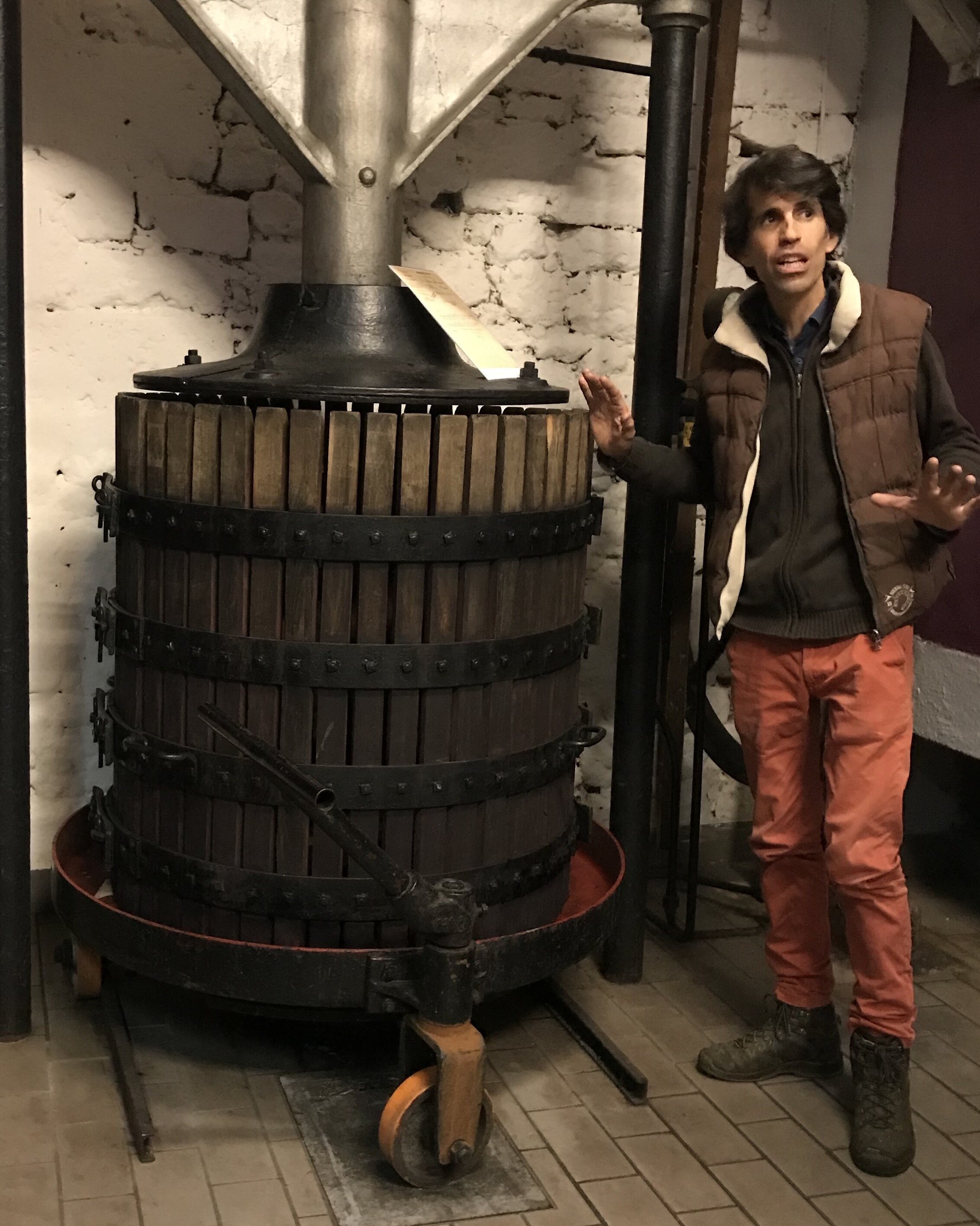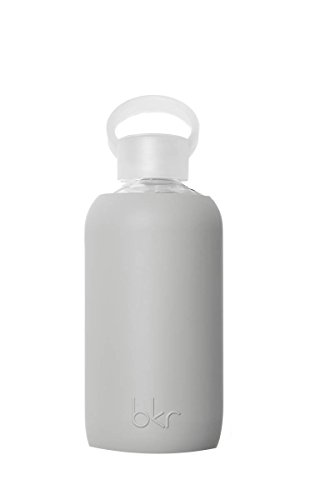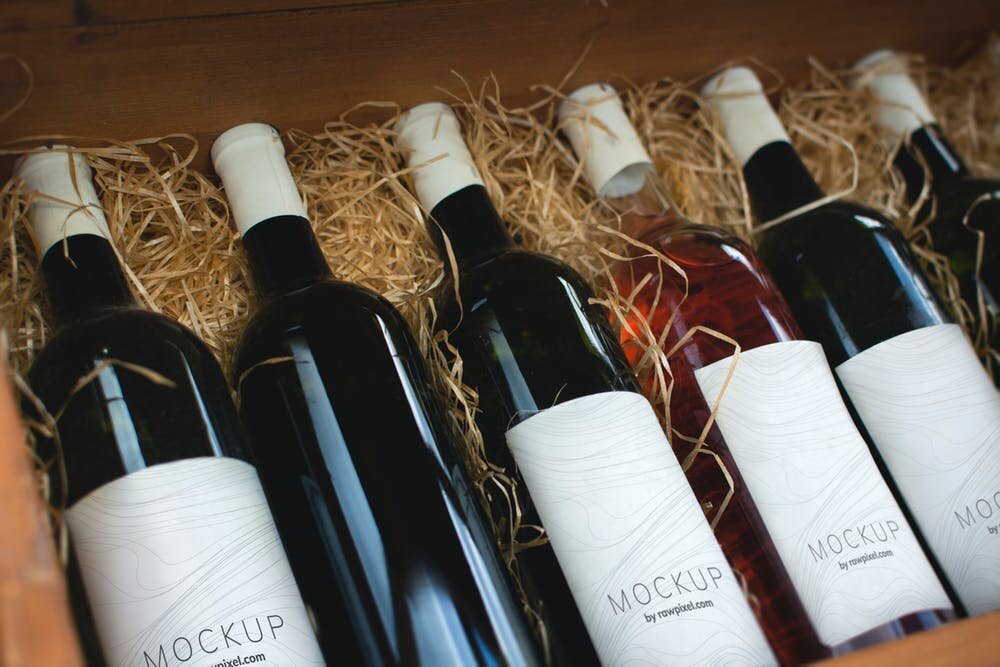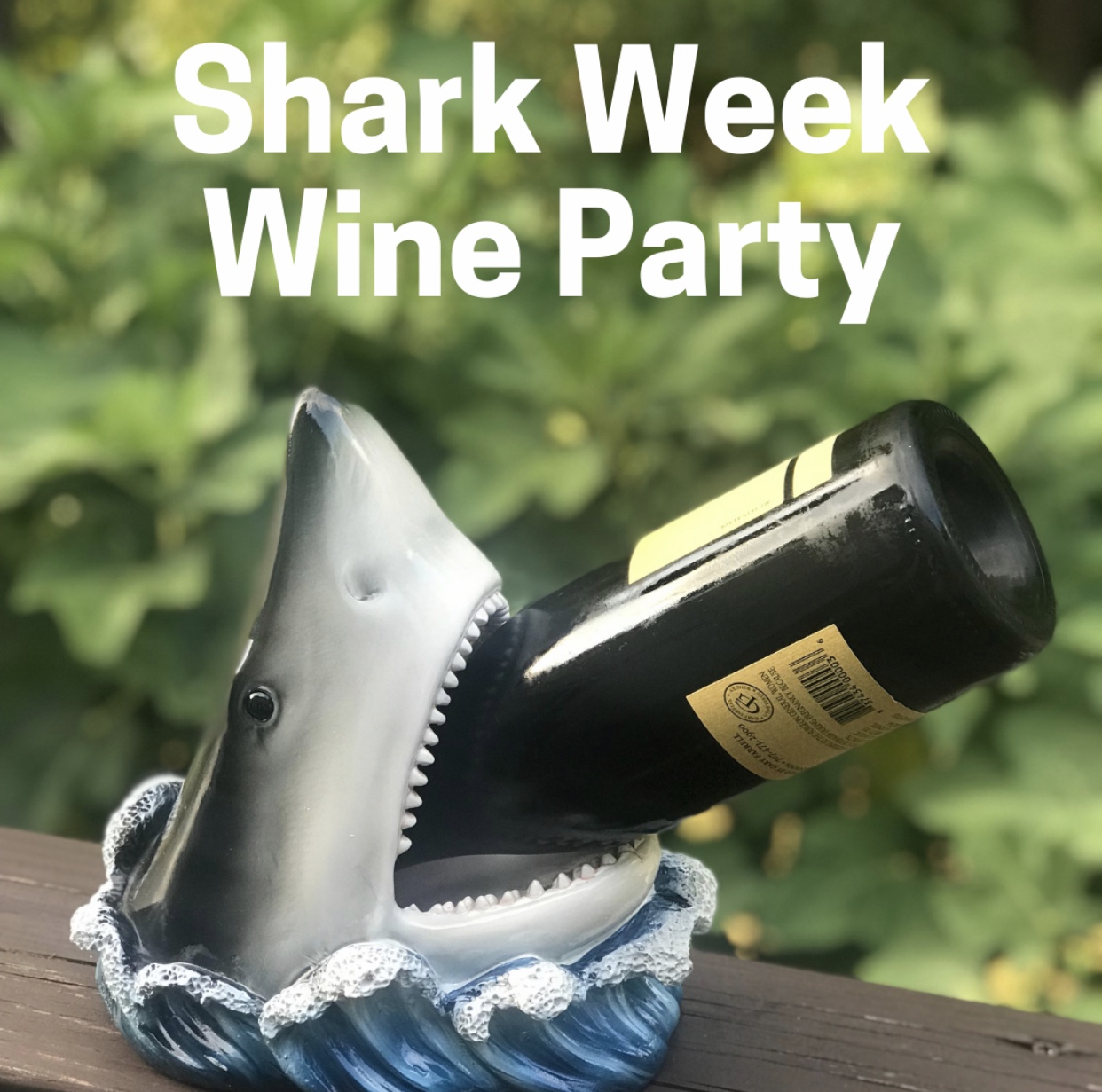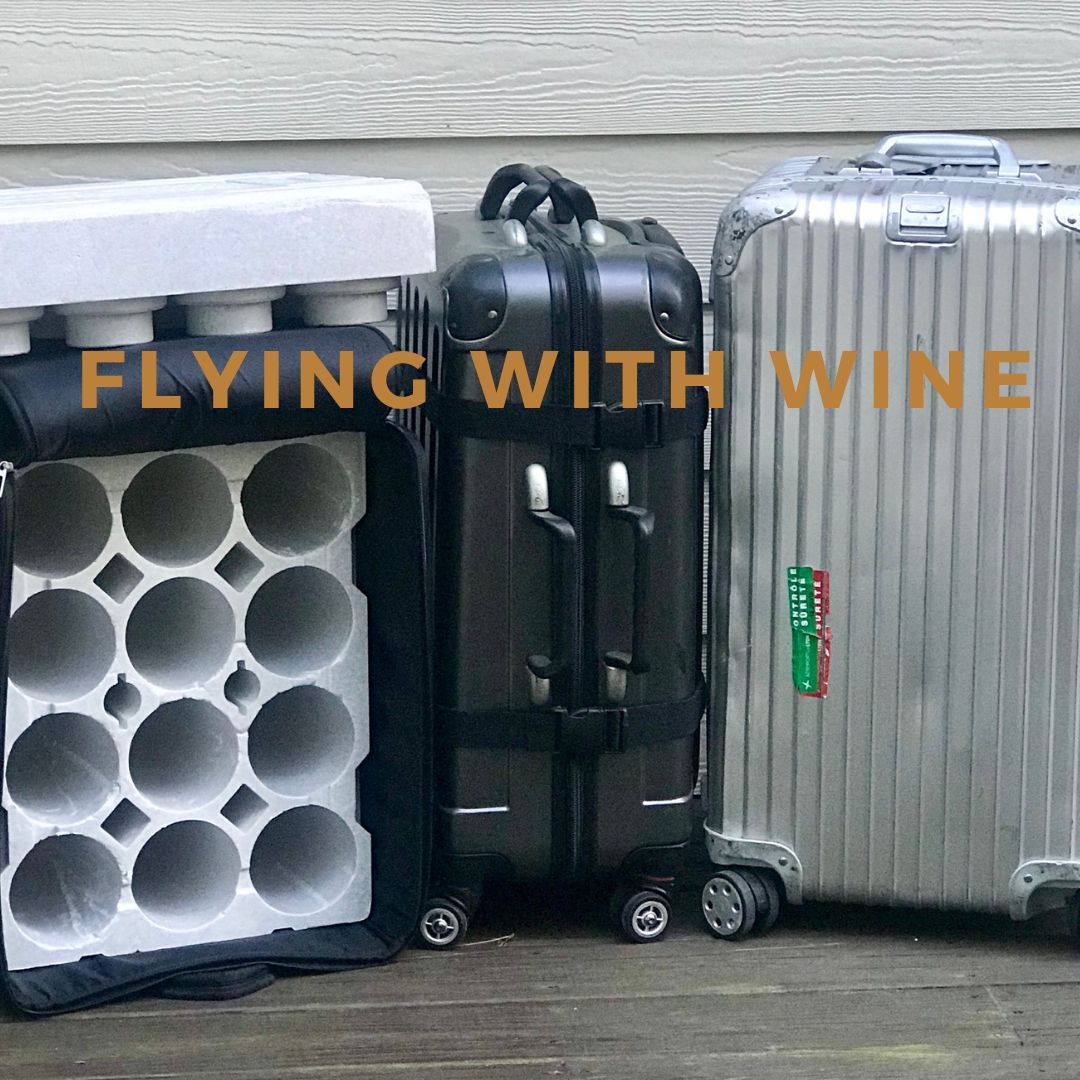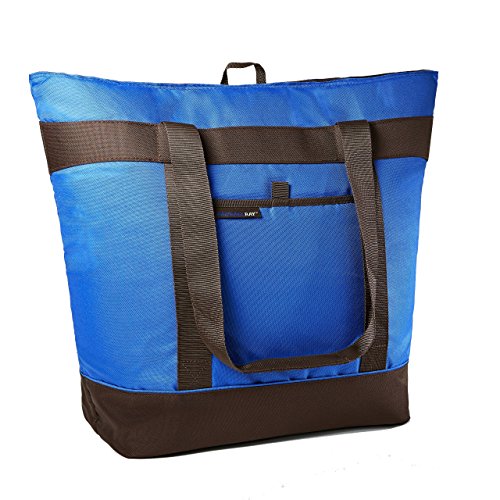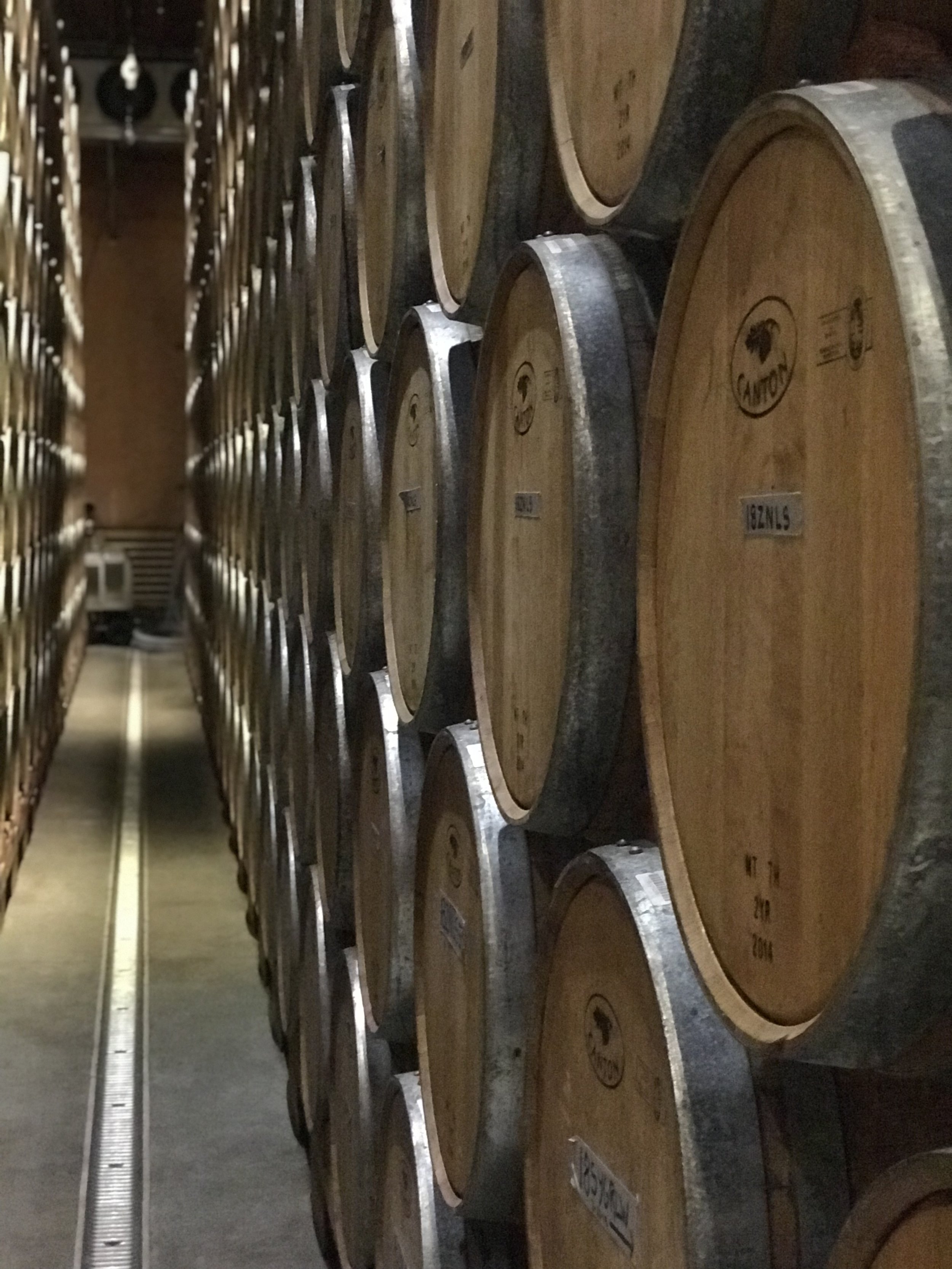In this article, we take a look at the highest-rated small wine refrigerators that are ideal for storing approximately 50 bottles of wine.
This type of refrigerator may appeal to any of the following wine lovers:
Those seeking a step up from a lower-end wine cabinet or perhaps a temporary solution before taking the plunge to a larger cellar down the road.
Those undergoing a kitchen remodel who are seeking a sleek, under counter wine refrigerator to fit in with new appliances.
Those who have collected a few bottles from their wedding year or a child’s birth year and are seeking a storage solution for those special bottles.
Single people or couples who have downsized and want to age just a few special bottles.
Before we continue with our reviews and recommendations, though, a little about the KnowWines blog. We’re an Amazon.com affiliate and we do receive a small commission if you purchase items through our affiliate links at no cost to you. The commissions help us pay for web hosting fees, our podcast, products to test, and other costs associated with running this site. Thank you for using our affiliate links and supporting this independent blog!
Do you need a small wine refrigerator?
Before moving on to our recommendations, let’s take a deeper dive into understanding the benefits of small wine refrigerators. It’s important to consider the environmental factors that impact wine and why wines benefit from being stored in cellars. Ideal conditions for wine storage include cool, stable temperature, relatively high humidity, and no light or vibrations. If you drink wines within a couple of weeks of purchasing your wines, then you can get by without a wine refrigerator because the changes caused by improper storage take time to develop.
If you’ve tried some older, properly aged wines — perhaps a Mosel Riesling from the 1980s or a Napa Cabernet from the 1990s — and didn’t enjoy the aged wines, then your preferences don’t warrant investment in a wine refrigerator. There’s nothing wrong with enjoying many age-worthy wines when they are young (though we do recommend a bit of research at your local bottle shop on decanting times!).
If you do enjoy storing wine to age, however, you may already have some stored in your kitchen island, coat closet, basement, or bar. It’s not uncommon for wine enthusiasts to have wines stashed throughout their home in several places. Over an extended time, however, these wines can deteriorate if not stored properly.
Want to learn more about wine storage? Check out our podcast interview with wine storage expert Roy Wilson.
Assassins of Wine
What Temperature Should Wine Be Stored?
Temperature variation is one of the biggest enemies of wines as it ages. Wines should be stored at around 55 F (typical cave temperature), however, a range of 50 to 58 F is often considered acceptable.
You might think, “Hey, why can’t I store my wine in my refrigerator for the long term, or perhaps in the beer fridge in the garage?” Well, a few unfortunate things can happen when the wine is stored at too cool of a temperature for extended periods. The cool temps can slow down the aging process, the cork can dry out and allow refrigerator smells to seep into the wine (gross!), or the wine can be agitated when jostling around food or beer in the fridge, thus damaging the closure or label. Also, if the wine is pushed to the back of the refrigerator, there’s the possibility of freezing which may result in the cork getting pushed out.
Storage in a dark closet also may seem ideal but will have mixed results over multiple years. If the air conditioning in the house or apartment breaks down, temperatures can escalate. Prolonged periods can lead to the wine taking on a stewed or cooked flavor. Some wines may also start to take on a vinegar taste as the aging process is accelerated.
What Are The Effects Of Light On Wine?
Like temperature, too much light can also make wine deteriorate. This phenomenon is not unique to wine, as some beers are also known to suffer from light-strike. Simply, light is a form of radiation. Ultraviolet and blue portions of the light spectrum carry more energy than the red portion.
Wine (and beer) have naturally sulfurous compounds. When light strikes wine, unwelcome chemical reactions can occur, leading to “skunky” aromas and flavors. Different colors of glass do provide more protection than others (e.g. dark brown or amber glass), however green and clear bottles are more common.
Since wine cabinet door selection has more to do with the aesthetics of a room these days, those of us wanting to age wines want to reduce light damage as much as possible. Wine refrigerators with dark glass or a solid door significantly reduce the possibility of light getting into the bottles.
What is the Optimal Humidity Level for Storing Wine?
When storing wines, most bottles are stored on their sides. This keeps the cork moist and keeps it from drying out, reducing the likelihood that too much oxygen will enter the bottle.
A typical food refrigerator is a low humidity environment. In there, the cork can dry out. Corks can also dry out in arid environments, like the desert southwest of the USA. The ideal humidity level is around 70%.
Once oxygen has gotten into the wine bottles due to improper storage, the wine will quickly oxidize. Oxidation causes aromas and flavors to change. This negative impact is irreversible.
Does Vibration Ruin Wine?
Like light damage, damage caused by vibration is the direct result of energy being transferred to the contents of the bottle. This time it is kinetic energy and not radiation. Vibration damage can result from storing wine on top of a refrigerator or near another vibrating appliance like a treadmill, washer, or dryer. Wine stored under stairs may also suffer from vibration damage.
The exact biochemical causes are not yet well known, however food chemistry research shows that wines exposed to vibration can lead to a reduction in esters, resulting in dull flavors. Additionally, wines exposed to vibration can taste sweeter as the amount of propanol and isoamyl alcohol increases as tartaric acids, succinic acids, and esters decrease.
For more on wine assassins (and how to tell if your wine has really gone bad), check out our blog on wine faults.
Advantages of Small Wine Refrigerators
Now that you understand the environmental risks to wine in suboptimal storage conditions, let’s move on to those refrigerators!
When selecting a small wine refrigerator, one of the common regrets is getting too small of a wine cabinet. As your passion grows, some of the smaller 18-24 bottle wine refrigerators can be outpaced by your collection habit.
Many small wine refrigerators are also targeting a more entry-level clientele and are more likely to have thermoelectric coolers rather than compressors. Too small of a wine refrigerator also makes it difficult to maintain humidity.
Alternatively, some people purchase a wine refrigerator that is too big. The best large wine refrigerators are thousands of dollars and are designed for storing wines for 20 years or more. If you move frequently, large wine refrigerators are difficult to move! Your new or downsized home may not be able to accommodate a magnificently large wine refrigerator.
Much like the “Goldilocks and the Three Bears” story, here we review the “just right” wine refrigerators that can fit under the counter or stand-alone in a den or walkout basement.
Things to look For in your Wine Refrigerator
Warranty
Most small wine refrigerators in the size and price category we reviewed come with a one year warranty on some components and a five-year warranty on the cooling system. If you purchase your wine refrigerator online, through a retailer like Amazon, you can also get major appliance warranties (affiliate link) at the same time as purchase.
To extend the warranty of any durable good like a wine cabinet, consider using a premium credit card with extended warranty provisions to make the purchase. Check with your credit card company to see if they offer extended warranties with this type of purchase. In our experience, American Express, for example, offers a doubling of the manufacturer’s warranty for many electronics when purchased with their card.
Last but not least, keep an electronic record of the customer service number in case you have any issues with your wine refrigerator.
Wine Cooler Reliability
Most issues that buyers face when ordering small wine refrigerators have to do with the initial delivery and installation. Typical issues include damage during shipping such as scratches and dents. Delivery issues are the most frequent cause of poor reviews.
If the unit arrives in good condition and is installed properly, expect about five years of use and potentially up to ten years.
Environmental conditions that shorten the lifespan of small wine refrigerators are typically related to ambient temperature and humidity. Wine refrigerators used in extreme conditions like a garage in Florida or a cold basement in North Dakota may have a shorter lifespan. Another situation that may shorten the lifespan of small wine cabinets is frequent moving. We lost a 7-year old unit during an in-state move recently when the movers damaged the back of the unit.
When selecting a small wine refrigerator, pay attention to how much clearance is required under the unit for optimal performance. If the unit vents to the front, it can be used as an under-counter unit or as a stand-alone unit. If the wine cabinet vents only to the back, make sure that the unit is not installed flat against a wall. Attending to these small details will extend the life of your unit and reduce the chances of overheating.
Cooling Technology and Energy Efficiency
Small wine refrigerators are excluded from the federal Energy Star energy program. Some wine refrigerators are more energy-efficient than others.
Thermoelectric units are typically more energy-efficient and are best suited for small living spaces like a studio apartment or condo.
Compressor units use refrigerants like standard refrigerators. They may be less energy efficient than thermoelectric units and may be a little noisier, especially at lower price points. However, they tend to last longer and work in a broader range of ambient environmental conditions. The more life one gets out of a wine refrigerator means fewer units purchased over one’s lifetime and less landfill accumulation of dead units.
Noise and Design Aesthetic
Following delivery issues and bottle count, the third most likely source of complaints on small wine refrigerators is noise. Remember, any durable good with a fan makes noise, and sensitivity to this noise varies by person. In this price category, we found that these units will be between 25 and 45 decibels, about the noise level of a quiet conversation.
Think about where the wine refrigerator will be located. If it will be in a living or entertaining area, or in your bedroom, pay special attention to the noise emitted by the unit. If the unit will be in an unfinished walkout basement or utility room, then noise might be less of a concern.
Since wine is a luxury good and many of these units end up in kitchens, most wine refrigerators are aesthetically pleasing. Consider whether or not you like the color of the LED lights and trim finish (stainless or black). Also, do you prefer (or need) a left or right opening wine cabinet?
Bottle Size Flexibility
Keep in mind that bottle capacity is typically referring to Bordeaux style bottles. Chances are, most wine enthusiasts have bottles that range in size and shape. Frequently, consumers are disappointed when they can’t fit all the expected bottles in the cabinet when the sales literature notes a capacity of, say 56 bottles. Second to delivery issues, the bottle capacity count is a frequent cause of low reviews.
Wine bottle sizes vary by wine style and region. Champagne and Burgundy bottles typically have a fuller, rounder base, while Bordeaux style bottles are more rectangular in shape. Flute-shaped Riesling bottles have longer tapered necks.
If your collection has wines from many regions, you will likely need to spend more for flexibility in the interior shelving system, or just live with a fewer number of bottles than the labeled capacity.
Other Considerations
We reviewed only single-zone temperature zone units, small wine cabinets. Dual-zone wine cabinets tout flexibility, however, we like fewer moving parts that have the potential to break down. We suggest keeping things simple by planning ahead: just slip that rosé or Sauvignon Blanc into your regular refrigerator or an ice bucket 20 minutes before serving if you enjoy them below 55 F.
We have found that wine cabinets with the same capacity can vary a lot in price. Typically, higher-priced units have the following features:
Better shipping pallet and packaging material
Less assembly
More responsive customer service
More robust individual components (e.g. glass layers, more metal thickness, heavier duty compressor, shelf quality)
Higher-end look with trendy finishes
More shelving flexibility
If you have minor children in the house, or you rent out your home on platforms like Airbnb or Vrbo, we strongly suggest getting a wine refrigerator with a lock.
Most small wine refrigerators will not need a lot of cleaning or maintenance, other than checking to see if the temperature and humidity are near the ideal conditions.
If you are concerned about your small wine refrigerator temperature and humidity (let’s say while you are out of town or in case of power loss), you may want to consider putting one of these Moat Temperature & Humidity Wireless Smart Sensors in the wine cabinet. It will send you an alert if either is out of the specifications you set.
Now, let’s get to those small wine refrigerators!
Best Unit for Diverse Bottle Sizes:
Allavino FlexCount - 56 Bottle Single Zone Wine Cellar Refrigerator
Of all the units we reviewed in this product category, this one had the longest warranty. The cooling technology is a compressor. The noise level reported is around 40 decibels or less.
The small wine refrigerator comes well packaged and on a pallet. Minimal assembly is required and the small wine refrigerator is easy to get up and running. You can choose if you want the door to open from the left or right. The wine refrigerator is front venting and can be installed under a countertop or as a stand-alone unit.
What sets this unit apart from the others is its FlexCount shelving. It can accommodate many different sizes of bottles. This FlexCount shelving is not only practical, its sleek design makes it look premium and contemporary. The wine refrigerator comes with a lock.
Here’s your link for more information on the Allavino wine refrigerator:
Best Unit with Traditional Wood Shelving
Lanbo Built-in Compressor Wine Fridge Cooler With Reversible Door 52 Bottles
For wine enthusiasts who love the look of traditional wood shelves, this unit may suit your needs. It is also a front venting unit, enabling under-counter or stand-alone installation. This unit comes with adjustable feet, carbon filtration, a safety lock, door alarm to let you know if the door is ajar.
The door is reversible and includes a lock. The unit fits 52 standard wine bottles, so if your collection contains wider Bourgogne style bottles or broad-shouldered Cabernet Sauvignon bottles, you likely are not going to get 52 bottles in the unit.
Here’s your link for more information on the Lanbo wine refrigerator:
Best Unit for Basement Bars:
NewAir Built-In Wine Cooler and Refrigerator, 52 Bottle Capacity Fridge with Triple-Layer Tempered Glass Door
If you’re looking for a small wine refrigerator for your basement bar and don’t need the “wow” factor but still want a visually appealing refrigerator, this one may meet your needs. Like the previous two models, this one also has a compressor cooler. It has a noise level of just under 40 decibels, a reversible door, beech wood shelves, and a moisture container to help with maintaining humidity. It is also front venting, perfect for under counter or stand alone installations and has a lock. It comes with a one year warranty.
A few potential downsides: it appears as if the legs are not adjustable so one will need to use wood shims to balance the unit on an uneven floor. Some users report that the temperature needs to be reset when electricity goes out and that the bright blue LEDs are very bright.
Here’s your link for more information on the NewAir wine refrigerator:
Best Budget Option:
Kalamera 50 Bottle Compressor Wine Refrigerator Single Zone with Touch Control
This small, quiet wine refrigerator is ideal for townhomes, smaller condominiums, or office spaces.
Budget does not mean giving up on aesthetics. This small wine refrigerator has pleasing blue LED lights, a stainless steel door, and double layer glass. Unlike the other units, it has thermoelectric cooling technology, making it very quiet. At 82 lbs., it was the lightest small wine refrigerator we reviewed. The beech racks are removable to accommodate the wider bottle bases of wines like Pinot Noir and Champagne. It has a one year warranty and does not have a lock.
Some potential downsides: if you have a lot of non standard wine bottles, you may only be able to fit about 40 bottles. The door is not reversible and the unit does not have a lock. The unit vents toward the back, so it is best used as a stand alone unit and not as an under counter installation.
Here’s your link for more information on the Kalamera wine refrigerator:
Conclusion
We’ve four similar sized small wine refrigerators for a variety of circumstances, from a premium unit suitable for kitchen installation to a stand-alone wine refrigerator perfect for a condo or small business.
If I needed a small wine refrigerator for a home remodel or for a condo, I would select the Allavino (affiliate link). It’s a great value for those interested in something like a EuroCave, but wanting a smaller capacity at a lower price point. We like it due to its flexibility of bottle size and five-year warranty on the compressor, as well as other positive reviews we found on the internet regarding delivery and responsiveness of customer service to delivery issues.
At the end of the day, each of these units covers the intended purpose: keeping about 50 wines cool at a stable temperature with enough humidity and minimal light exposure and vibration.
Best of luck in selecting your wine refrigerator!
Cheers!

